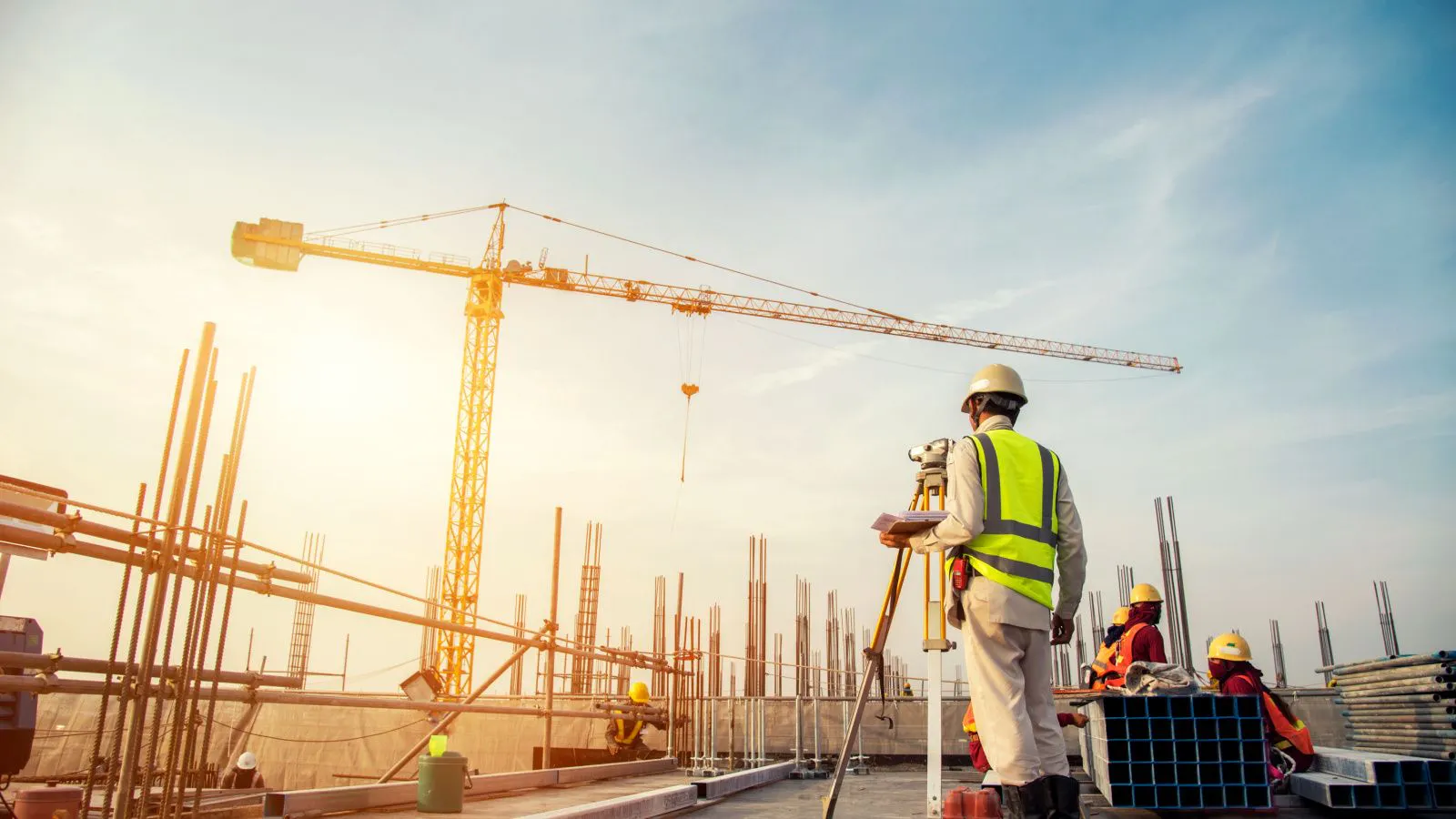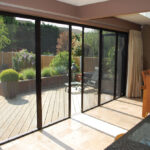Building health and inspections in Sydney, as well as its climate experiences a humid subtropical climate characterized by warm summers and mild winters. The city’s proximity to the coast exposes it to high humidity levels and occasional heavy rainfall during summer.
Temperature fluctuations
Sydney’s temperatures in the summer often soar above 30°C (86°F), while winter temperatures can drop to around ten °C (50°F). These temperature fluctuations can cause building materials to expand and contract, leading to potential structural issues over time.
Humidity and moisture
The high humidity levels in Sydney can profoundly impact building health. Excessive moisture can lead to mould and mildew, which not only deteriorates building materials but also poses health risks to occupants. Damp conditions can also attract pests like termites, which can cause significant damage to wooden structures https://vitalbuildinginspection.com.au read full info here.
Rainfall and storms
Sydney experiences occasional heavy rainfall and storms, particularly during the summer months. These weather events can strain a building’s roof, gutters, and drainage systems. If not properly maintained, water can seep into the building, causing leaks, water damage, and potential structural issues.
Importance of regular building inspections
Given the challenges posed by Sydney’s climate, regular building inspections are crucial for maintaining the health and safety of the city’s structures.
Early detection of issues
Building inspections allow for the early detection of potential problems before they escalate into more significant and costly repairs. By identifying issues like moisture intrusion, structural cracks, or pest infestations early on, property owners can take prompt action to address them, preventing further damage and ensuring the longevity of the building.
Compliance with regulations
Regular inspections ensure that buildings comply with local building codes and safety regulations. The Building Code of Australia (BCA) sets out the minimum requirements for building design, construction, and maintenance in Sydney. By adhering to these standards, property owners avoid legal liabilities and create a safer environment for occupants.
Protecting occupant health and safety
The health and safety of building occupants should always be a top priority. Inspections help identify potential health hazards, such as mould growth or poor indoor air quality, which have detrimental effects on the well-being of residents or workers. Property owners promptly address these issues, creating a healthier and more comfortable living or working environment.
Role of property owners
While regular inspections are essential, property owners also play a crucial role in maintaining the health and safety of their buildings.
Schedule regular inspections
Property owners should schedule regular building inspections to stay on top of potential issues and ensure compliance with local regulations. The frequency of inspections may vary depending on the building’s age, condition, and usage, but annual inspections are generally recommended.
Address issues promptly
When inspections reveal issues, property owners should promptly address them. Delaying repairs or ignoring problems leads to more extensive and costly damage down the line. By being proactive and addressing issues as they arise, property owners save money and maintain the longevity of their buildings.
Invest in preventive maintenance
Preventive maintenance is critical to minimizing the impact of Sydney’s climate on building health. Property owners should invest in regular maintenance tasks, such as cleaning gutters, repairing roof tiles, and sealing cracks to prevent water intrusion and other issues. Establishing a maintenance schedule and sticking to it keeps buildings in top condition.
As Sydney controls and evolvesioritizing, building health and inspections will become increasingly important. Property owners, inspectors, and occupants work together to create a sustainable and thriving built environment that stands the test of time and climate.



